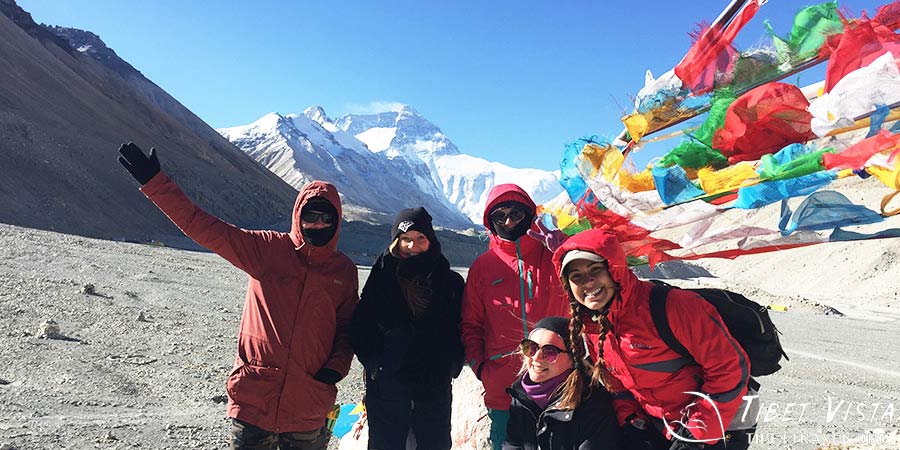 Travel to Tibet
Travel to Tibet
There are twenty-six letters in the English alphabet. And for some, that means twenty-six was to express how much they love Tibet. The Land of Snows, the Roof of the World, however you call it, Tibet is a land full of mystery and intrigue. A Buddhist stronghold on top of the world, where culture and religion are so intertwined, it is hard to know where one ends and the other begins. In Tibet, we know there is something for everyone. And, similarly, there is something for every letter of the English alphabet. Complete, from A to Z, here is Tibet, in alphabetical order.
A is for Ancient Temple
Whether it is Jokhang Temple, with its gilded roof and life-sized statue of the Buddha, or Drepung Monastery, one of the Great Three monasteries of the Gelugpa Sect. Or it could be the famous Ganden Monastery, one of the earliest and biggest monasteries in Tibet. They are all amazing, and filled with wonders galore.
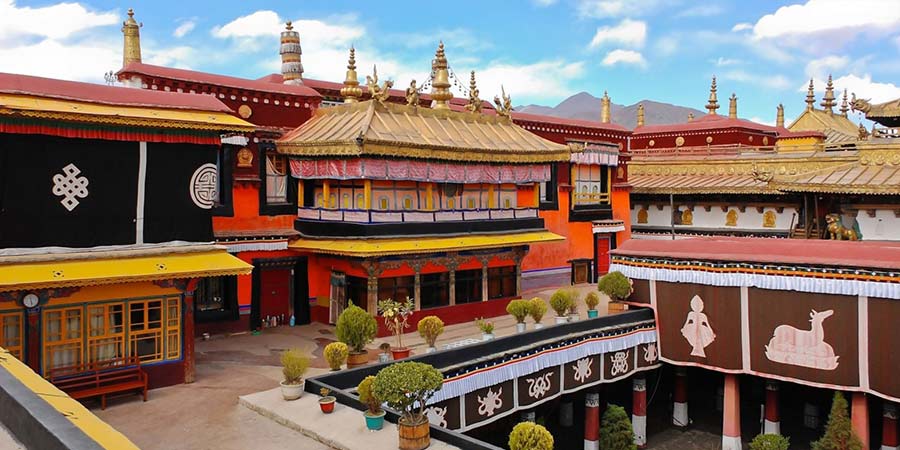 Jokhang Temple
Jokhang Temple
B is for Bridge
There are some amazing bridges in Tibet, and at these altitudes, they are wonders of modern engineering. The Sino-Nepal Friendship Bridge is one of the connecting points between Tibet and Nepal. And the Lhasa River Bridge is a beautiful structure that spans the Lhasa River, just before you get to the city on the first day of your tour.
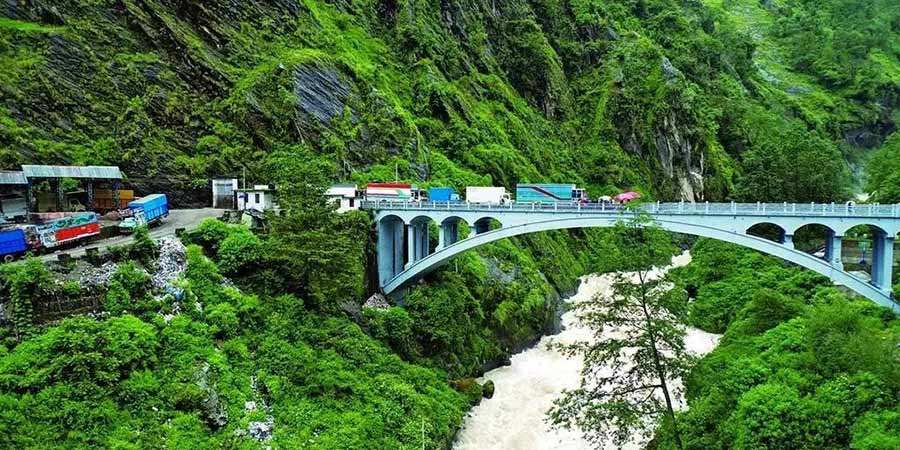 Sino-Nepal Friendship Bridge
Sino-Nepal Friendship Bridge
C is for Canyon
The Yarlung Tsangpo Canyon is the deepest, longest, highest, and most dangerous canyon in the world, and it follows the lower reaches of the Yarlung Tsangpo River. The Nujiang River Canyon is also a large canon, and the world's third largest canyon.
 Yarlung Tsangpo Canyon
Yarlung Tsangpo Canyon
D is for Delicious
Whether it is Tibetan air-dried beef, Yak butter tea, or Tibetan yak steak, the food in Tibet is delicious. Try it, you will definitely like it.
 Yak butter tea
Yak butter tea
E is for Everest
No tour can really be complete without a visit to the tallest mountain in the world, Mt. Everest. Stay at the base camp and get the best view of this loftiest of mountains.
 Take photos at the foot of Mt. Everest
Take photos at the foot of Mt. Everest
F is for Faith
Tibetans are predominantly Buddhists, and they are strong believers in their religion. So strong, it is hard to distinguish religion from culture, as both are intertwined.
 A praying Tibetan old lady
A praying Tibetan old lady
G is for Garden
There are several gardens that are open to the public in Tibet, but the most famous, and probably the most beautiful, is the garden at Norbulingka, the summer residence of the Dalai Lama.
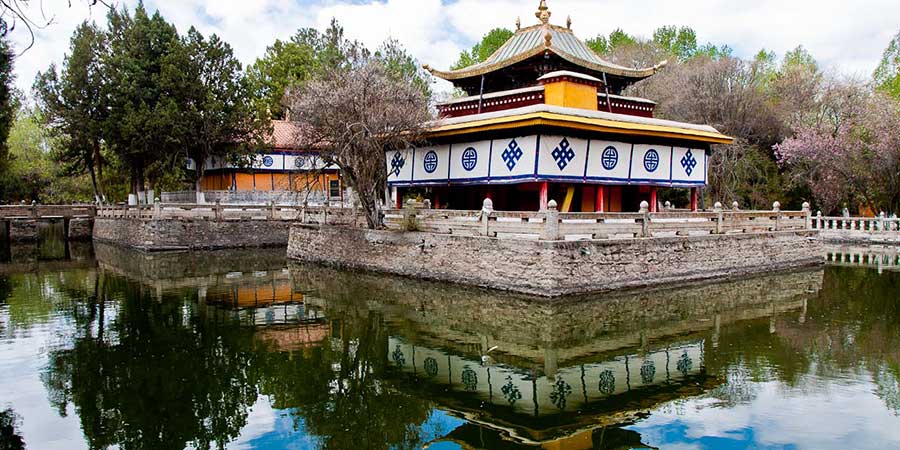 Norbulingka Palace
Norbulingka Palace
H is for History
Tibet is full of history, with the ancient capital of Lhasa being full of historic buildings and shrines, the tombs of the Tibetan Kings, and some of the oldest sites in Buddhist history.
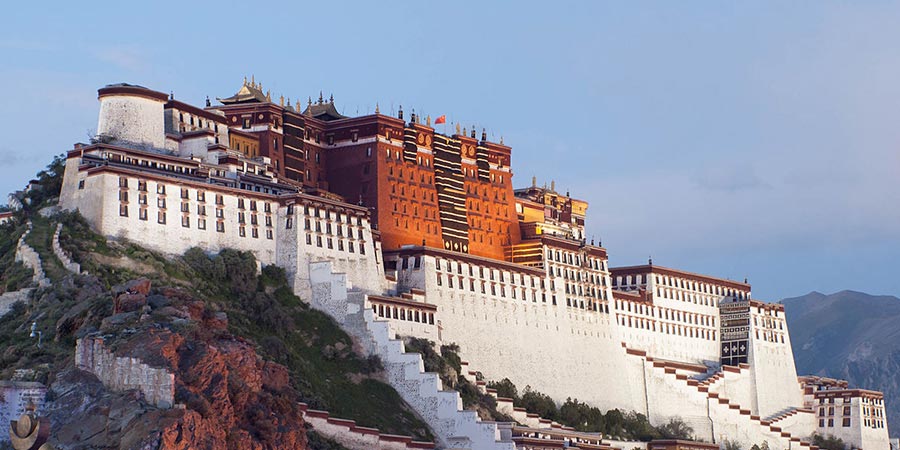 Tombs of Tibetan Kings: the Potala Palace
Tombs of Tibetan Kings: the Potala Palace
I is for India
Although India is not technically “in” Tibet, it is where the doctrines of Tibetan Buddhism originated, and were brought to the land by the Indian Buddhist masters, Shantarakshita and Padmasambhava, at the invitation of the 8th century king, Trisong Detsen.
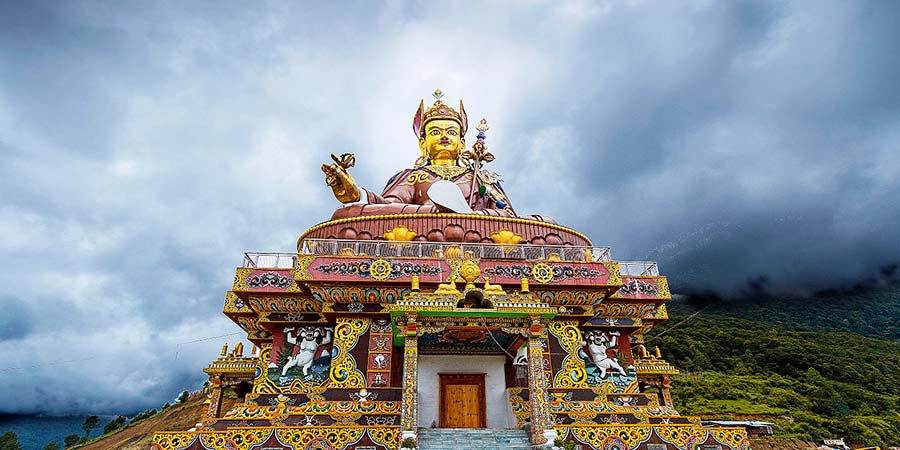 Statue of Padmasambhava
Statue of Padmasambhava
J is for Journey
Your journey of enlightenment. Every day is a journey, in Tibetan Buddhism. And while the Tibetan Buddhists are journeying to enlightenment, you can be journeying to them, on one of our amazing tours.
 Do kora around Tibetan mountains as an enlightening journey
Do kora around Tibetan mountains as an enlightening journey
K is for Keepsake
Whether it is an ornately decorated Tibetan knife, or hand-crafted local jewelry that takes our fancy, you will find thousands of beautiful souvenirs to remind you of your journey to Tibet.
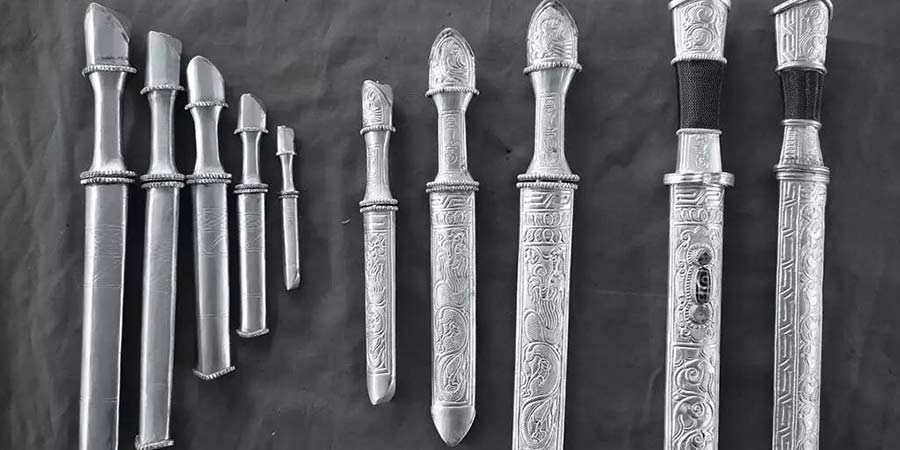 Ornately decorated Tibetan knife
Ornately decorated Tibetan knife
L is for Lakes
Lake Namtso is the biggest of all the huge lakes in Tibet, and is only a short drive from Lhasa. This sacred lake is known locally as the “Heavenly Lake”. Lake Yamdrok, which is the closest lake to Lhasa, is a tranquil haven of natural beauty that acts as a natural reservoir for the local ecosystem. And Manasarovar, one of the three holy lakes of Tibetan Buddhism, is a special place that is close to the revered center of the universe in Tibetan Buddhism.
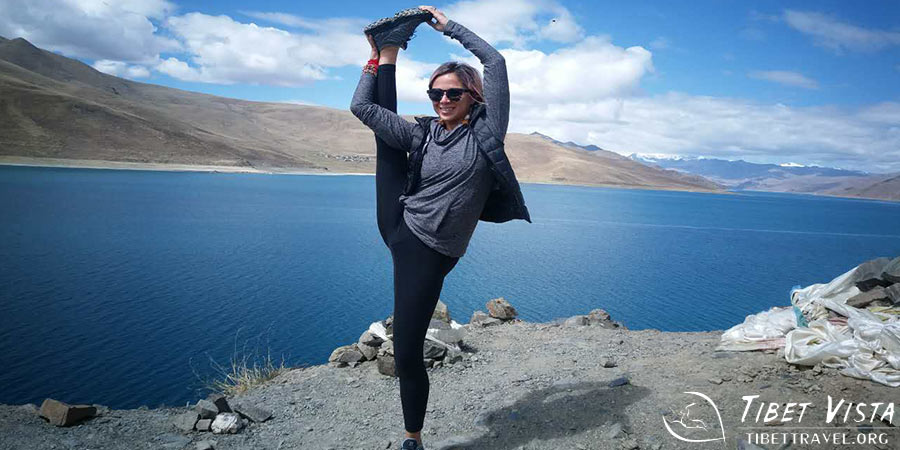 Do yoga at Lake Yamdrok
Do yoga at Lake Yamdrok
M is for Mountain
And what other mountain could we be thinking of in Tibet, but the holiest of all mountains. Mt. Kailash is believed to be the center of the universe in Tibetan Buddhism, as well as in Hinduism, Jainism, and Bon. It also lies close to the sources of four of the longest rivers in Asia, the Indus River, Sutlej River, Brahmaputra River, and Karnali River.
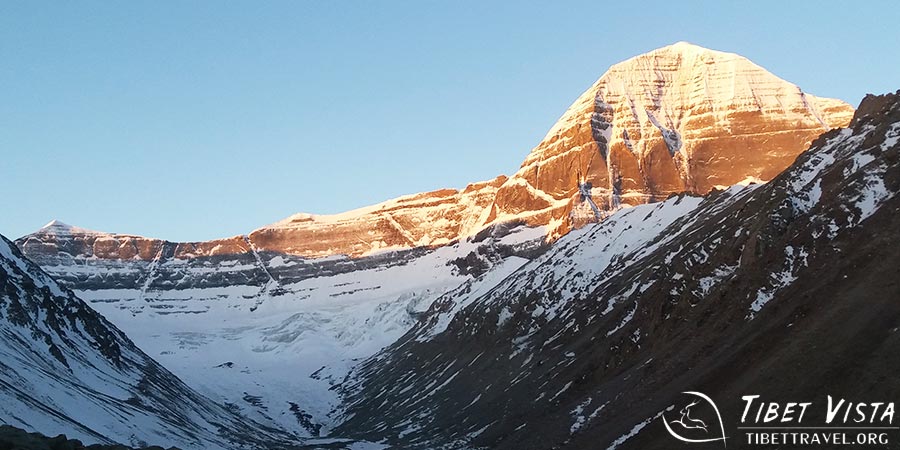 The holy Mt. Kailash
The holy Mt. Kailash
N is for Night
Night time is not just for having a great time out on the town in Lhasa, (although that is one of the great things you can do at night). When you get to Lake Namtso, and look up into the night sky, on a clear night you get a great view of the Milky Way, and the billions of other galaxies that are out there.
 Spectacular night sky in Tibet
Spectacular night sky in Tibet
O is for Opportunity
The opportunity to visit the land of snows at the roof of the world; to taste the food and drink of a culture that is so uniquely beautiful; to travel to holy places and experience the wonder of the ancient monasteries. There is an opportunity here for everyone.
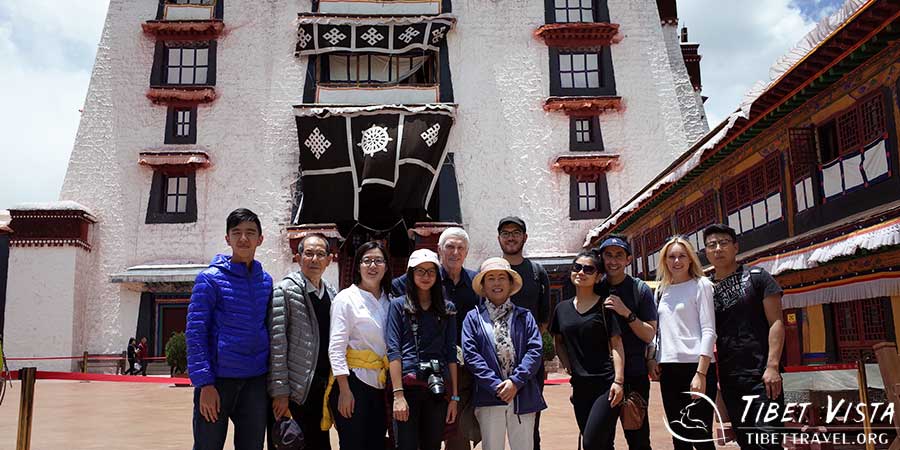 Experience the wonder of the Potala Palace
Experience the wonder of the Potala Palace
P is for Picturesque
That is just one word to describe the landscapes of the Qinghai-Tibetan Plateau. And there are so many more that you could also use, such as: Spectacular; Amazing; Stupendous, Astounding; Breathtaking; the list is seemingly endless.
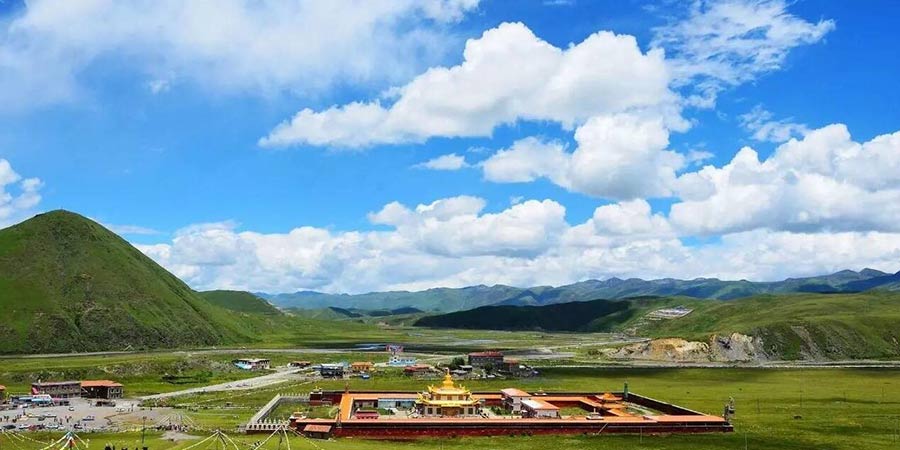 Picturesque landscapes in Tibet
Picturesque landscapes in Tibet
Q is for Qingzang
The highest railway in the world, the Qingzang Railway, runs from Xining in Qinghai Province to Lhasa, and crosses the Qinghai-Tibet Plateau at an average elevation of over 4,000 meters. This railway extends for around 1,956 kilometers, and is a feat of modern engineering.
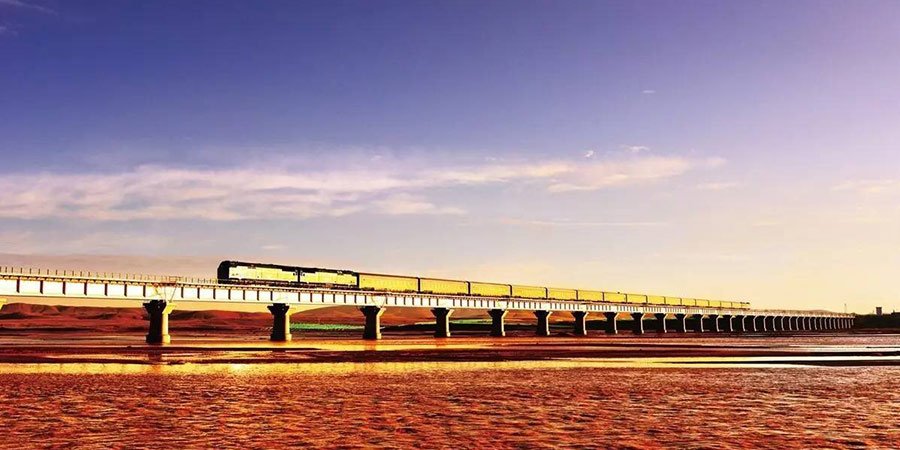 Qingzang Railway
Qingzang Railway
R is for Rinpoche
Rinpoche is an honorific tern often used in Buddhism to describe a precious person, place, or object. It means, literally, “precious one”, and is often used as an addition to the names of Buddhist Lamas and Gurus.
 Tibet young monks listening to the teacher respectfully
Tibet young monks listening to the teacher respectfully
S is for Sky Train
Another name for the train that runs along the tracks from Xining to Lhasa. And it is a very apt name, since this is the highest railway line in the world, with no less than seven world records under its belt.
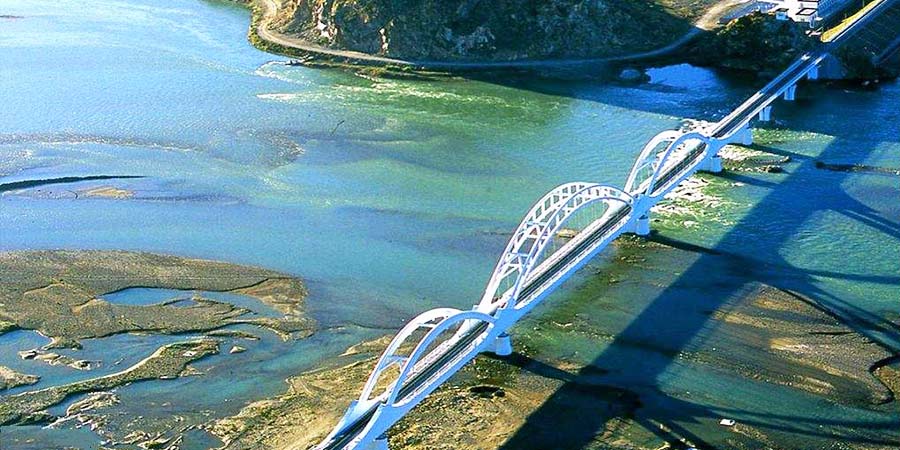 Sky Train as the highest railway in the world
Sky Train as the highest railway in the world
T is for Tibet
For thousands of years Tibet has been living the same way of life, and culture. This ancient lands has one of the oldest civilizations in history, and is unique in its people, culture, and religions.
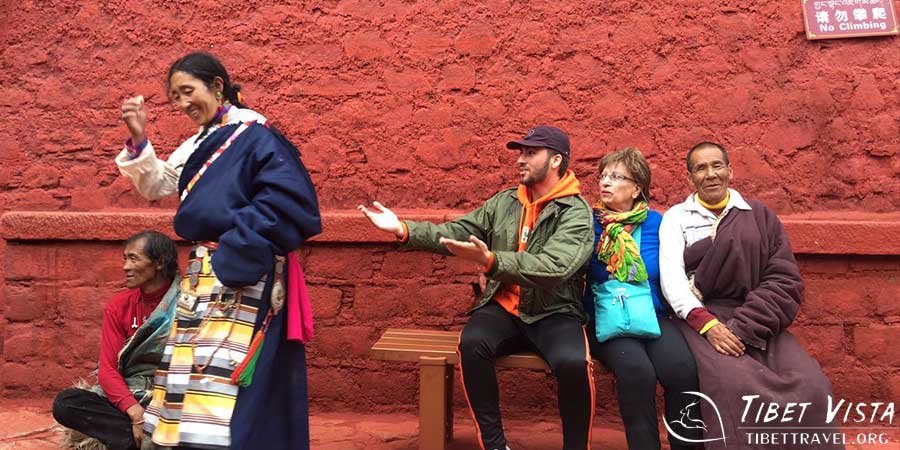 Have a good time with Tibetan local people
Have a good time with Tibetan local people
U is for Unique
Everything about Tibet is unique, from the culture to their religion, and the people, animals, climate, landscape, and the famous butter tea. Tibet is a land that is made for the word “unique”.
 Traveling to Tibet with your beloved as a unique experience
Traveling to Tibet with your beloved as a unique experience
V is for Views
The views you will find in Tibet are amazing, spectacular, and breathtaking. Whether it is the holy Mt. Kailash or Yamdrok Lake, or any of a hundred other places, there are always awesome views.
 Trekking to gaze upon beautiful views from the mountain peak
Trekking to gaze upon beautiful views from the mountain peak
W is for Weather
The weather is Tibet is best described as extreme. In the winter it is cold enough to freeze you where you stand, while in summer it can get hot enough to burn our skin if you are not careful with the lotion. Moreover, it is also a four-season climate, which has a monsoon!
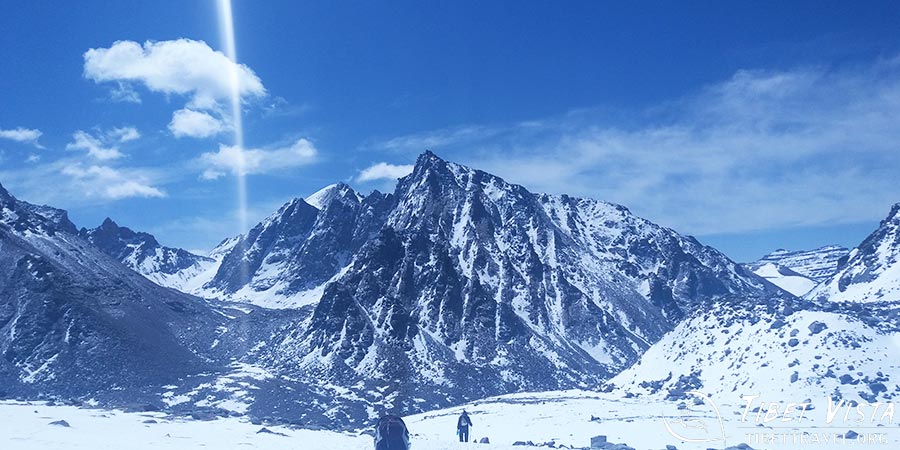 The weather is especially cold and icy in Tibetan high mountains.
The weather is especially cold and icy in Tibetan high mountains.
X is for X-factor
And that X-factor is the amazing railway line that opened up Tibet to the world. The Qingzang Railway is the first railway line into Tibet, and without it the region would not be so easily accessible for you to visit.
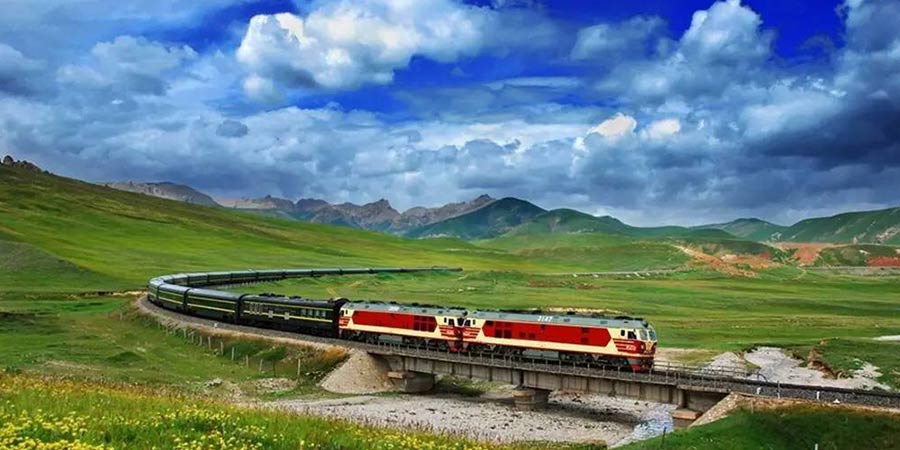 Amazing Qingzang Railway line
Amazing Qingzang Railway line
Y is for Yak
Found everywhere on the Tibetan Plateau, these cow-like animals are a big provider for the Tibetan people, giving them milk, butter, cheese, and meat.
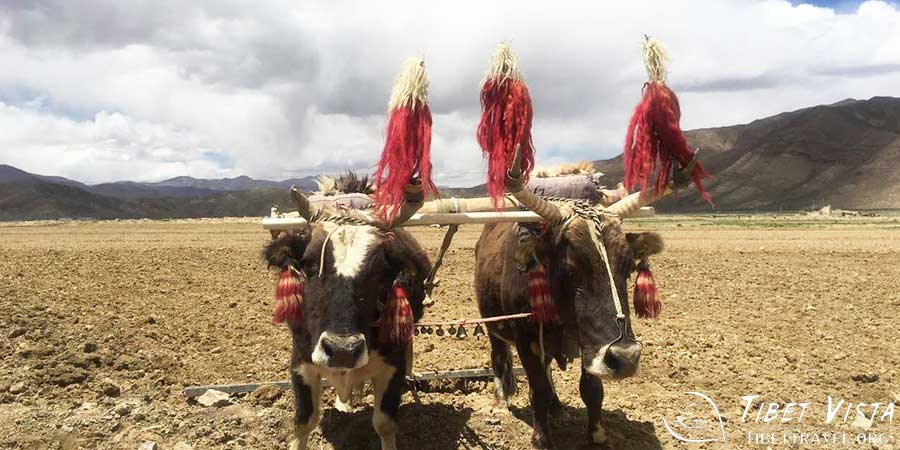 Adorable Tibetan yak
Adorable Tibetan yak
Z is for Zeal
Tibet is a land that is full of zeal. The Tibetan people have a zeal for nature, a zeal for life, and a zeal for Buddhism. And now they have a zeal for you.
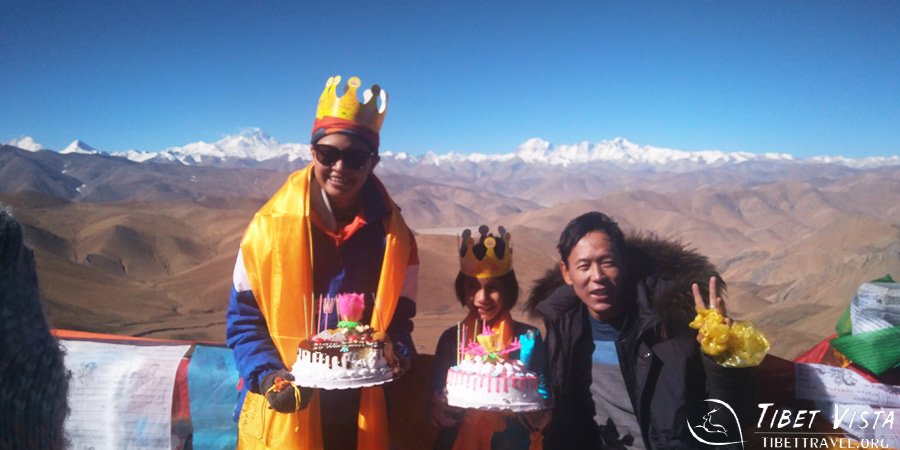 Our Tibetan guide celebrated the birthday for our client at Gawu La Pass
Our Tibetan guide celebrated the birthday for our client at Gawu La Pass
Recommended Kailash Pilgrimage Small Group Tour



.jpg)


 Travel to Tibet
Travel to Tibet Jokhang Temple
Jokhang Temple  Sino-Nepal Friendship Bridge
Sino-Nepal Friendship Bridge  Yarlung Tsangpo Canyon
Yarlung Tsangpo Canyon Yak butter tea
Yak butter tea  Take photos at the foot of Mt. Everest
Take photos at the foot of Mt. Everest  A praying Tibetan old lady
A praying Tibetan old lady  Norbulingka Palace
Norbulingka Palace  Tombs of Tibetan Kings: the Potala Palace
Tombs of Tibetan Kings: the Potala Palace  Statue of Padmasambhava
Statue of Padmasambhava  Do kora around Tibetan mountains as an enlightening journey
Do kora around Tibetan mountains as an enlightening journey  Ornately decorated Tibetan knife
Ornately decorated Tibetan knife  Do yoga at Lake Yamdrok
Do yoga at Lake Yamdrok  The holy Mt. Kailash
The holy Mt. Kailash  Spectacular night sky in Tibet
Spectacular night sky in Tibet Experience the wonder of the Potala Palace
Experience the wonder of the Potala Palace Picturesque landscapes in Tibet
Picturesque landscapes in Tibet  Qingzang Railway
Qingzang Railway  Tibet young monks listening to the teacher respectfully
Tibet young monks listening to the teacher respectfully  Sky Train as the highest railway in the world
Sky Train as the highest railway in the world Have a good time with Tibetan local people
Have a good time with Tibetan local people  Traveling to Tibet with your beloved as a unique experience
Traveling to Tibet with your beloved as a unique experience  Trekking to gaze upon beautiful views from the mountain peak
Trekking to gaze upon beautiful views from the mountain peak  The weather is especially cold and icy in Tibetan high mountains.
The weather is especially cold and icy in Tibetan high mountains.  Amazing Qingzang Railway line
Amazing Qingzang Railway line  Adorable Tibetan yak
Adorable Tibetan yak Our Tibetan guide celebrated the birthday for our client at Gawu La Pass
Our Tibetan guide celebrated the birthday for our client at Gawu La Pass 

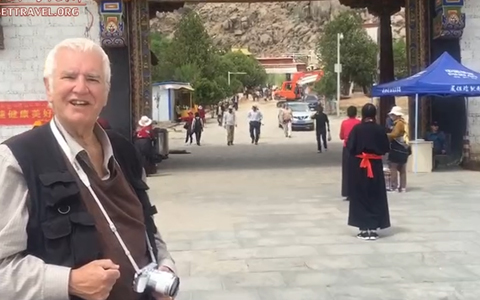
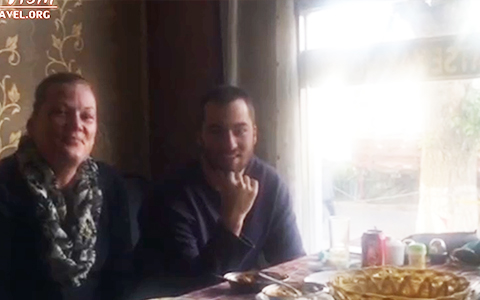


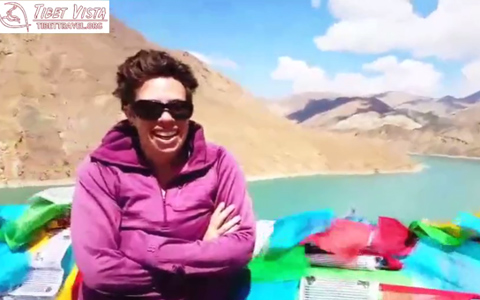
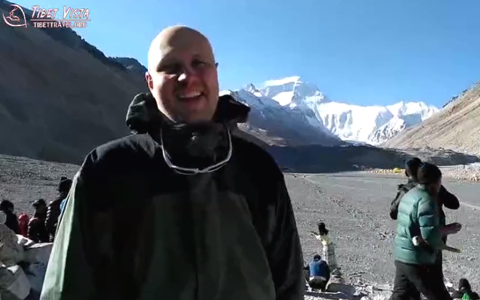
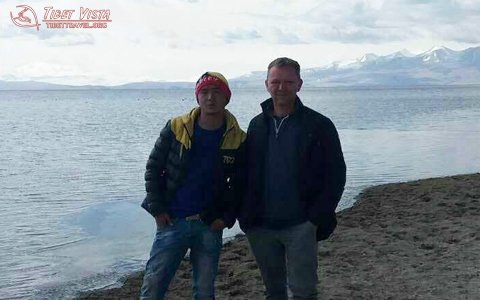


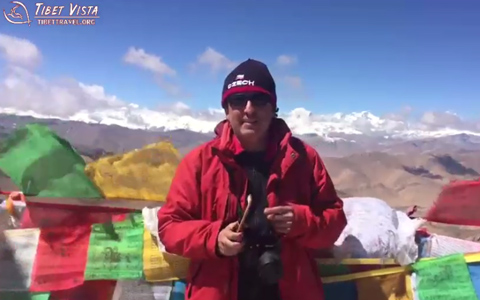


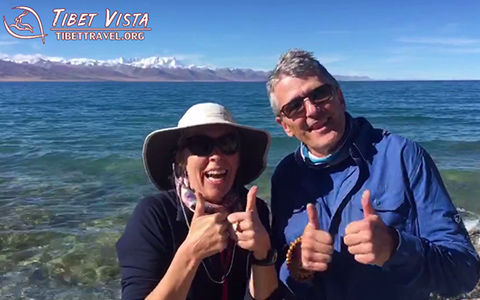

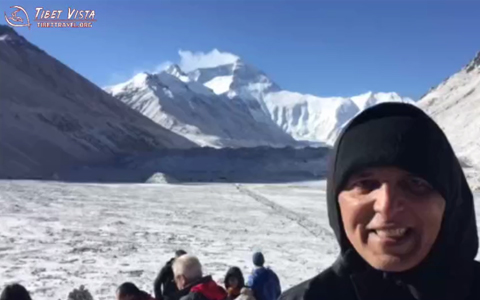

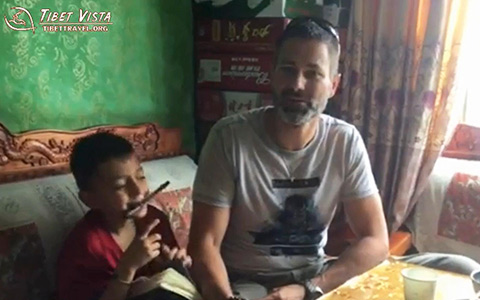

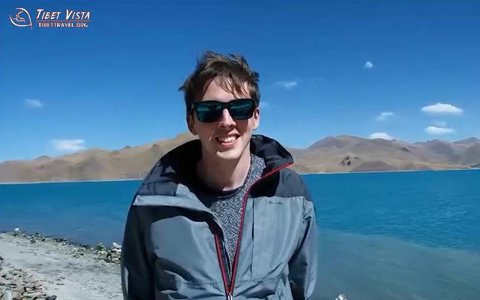
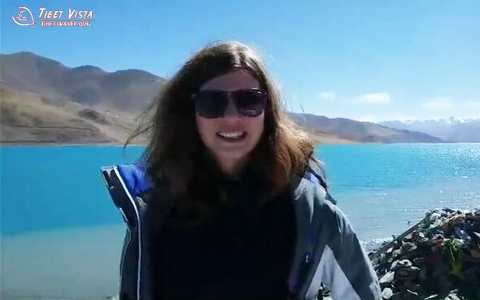
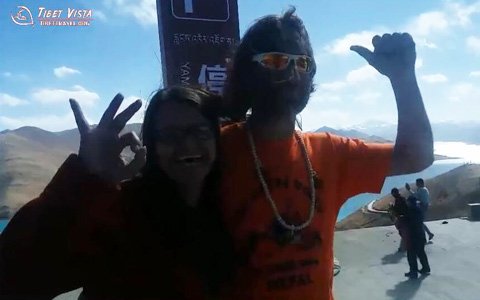

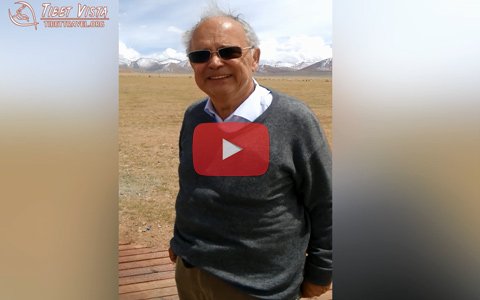



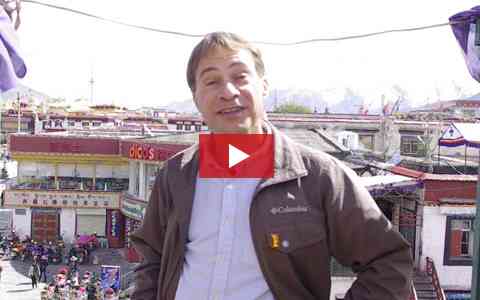
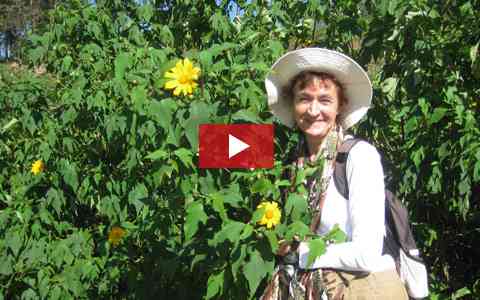
0 Comment ON "Expressing Love for Tibet with the Alphabet from A to Z "